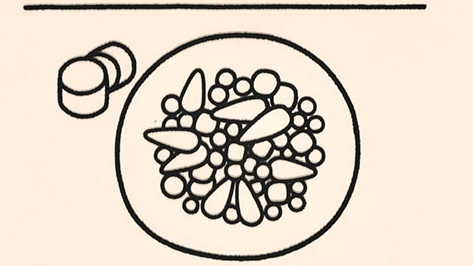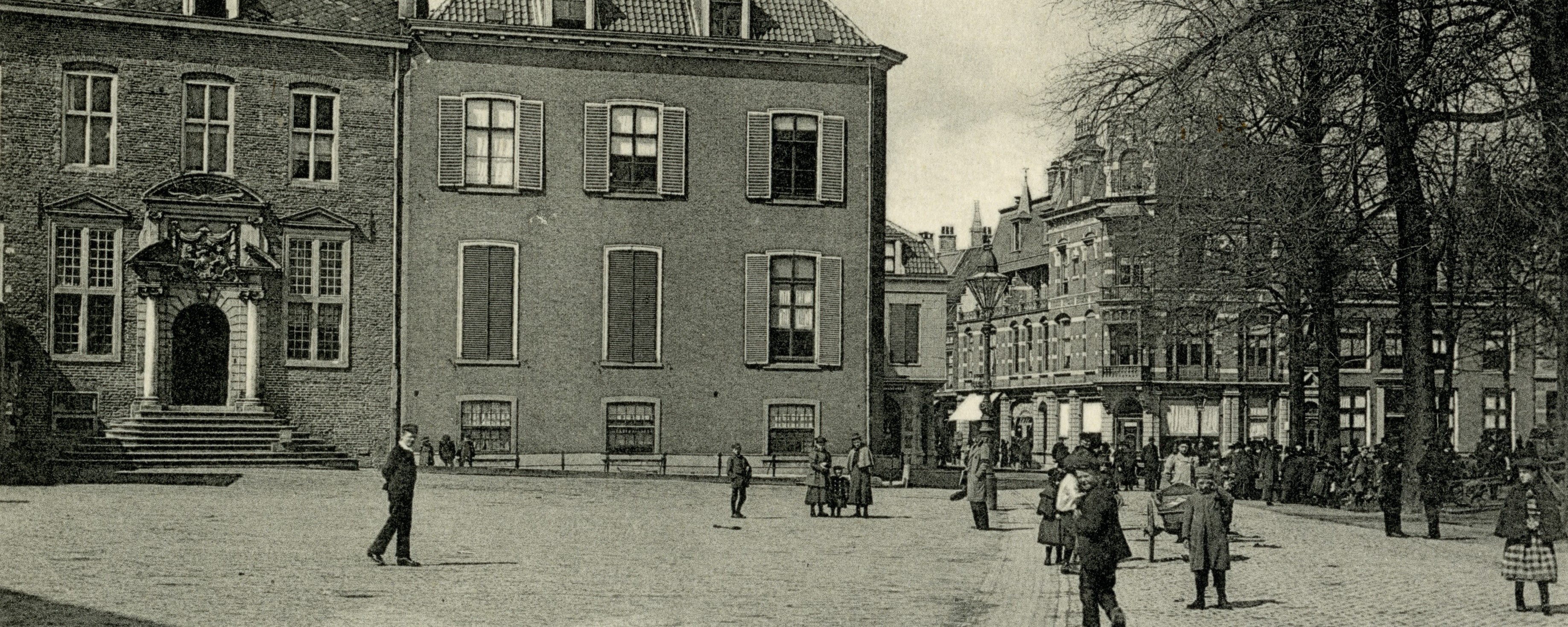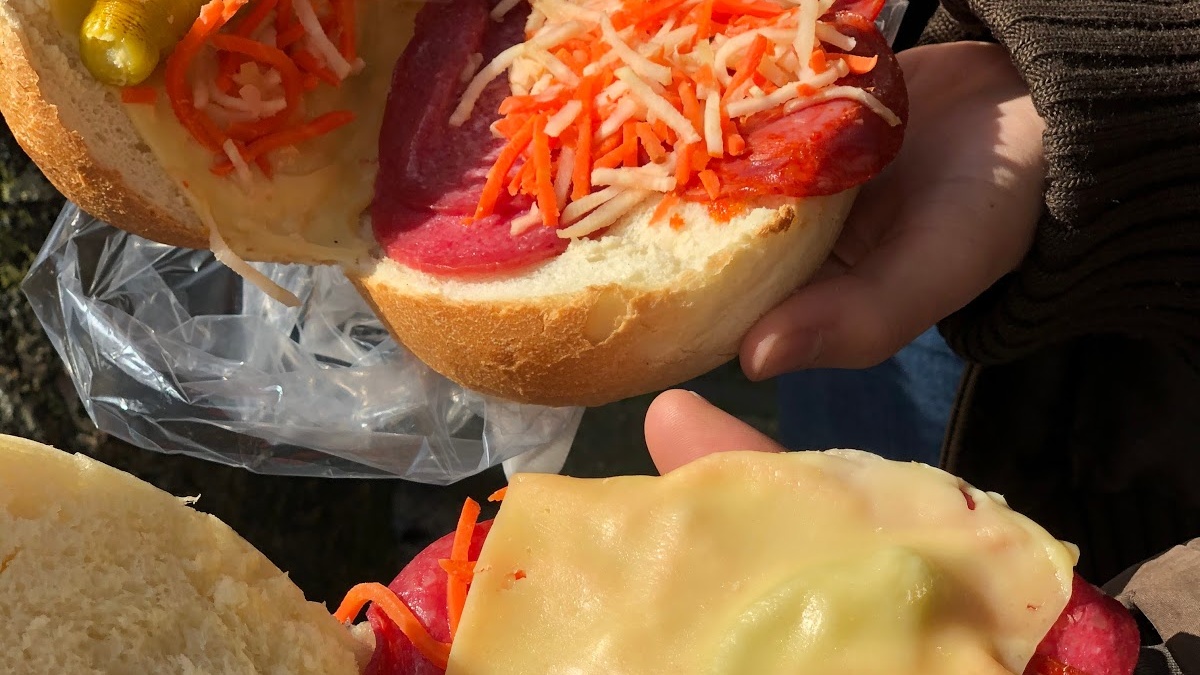Lifestyle

The History of Dutch Cuisine
The history of food is a delicious story of production, connection, influence, adaptation and culture. The first cookery book in the Netherlands, Een notable boexcken, dates from 1514. While many of its recipes stemmed from French, Italian or Arabic dishes, the Dutch gave their own interpretation to them. In almost all cases, austerity measures were taken, for the ‘Dutch method’ was more healthy, more tasteful and (above all) less expensive. In general, the Dutch cuisine is more straightforward than those of, for example, France and Spain. Her dishes are characterized by simplicity and sobriety, both in terms of ingredients and culinary traditions.
Read More →Food in Art: de Groentevrouw
Food is a source of life. It is no surprise that throughout time, eating habits have changed and adapted. Fortunately, a lot of these habits can be traced back through for example documentation, or, art. Paintings once served the function photography now has to capture.
Read More →
Food in Art: Nijntje
Food is a source of life. It is no surprise that throughout time, eating habits have changed and adapted. Fortunately, a lot of these habits can be traced back through for example documentation, or, art. Paintings once served the function photography now has to capture.
Read More →

Broodje Mario versus Broodje Carlo
Two slices of salami, two slices of chorizo, some vegetable strips, cheese and a green pepper. It might not sound that controversial, but it has been the source of the ongoing competition between Broodje Mario and Broodje Carlo: two Italian sandwich shops, located right next to each other at the Janskerkhof. They sell the same standard Italian sandwich, use the same ingredients, charge the same price (€3,-) and enjoy the same popularity. The taste is very comparable. It got us thinking - what are the origins of this Italian ‘sandwich-war’ ?
Read More →